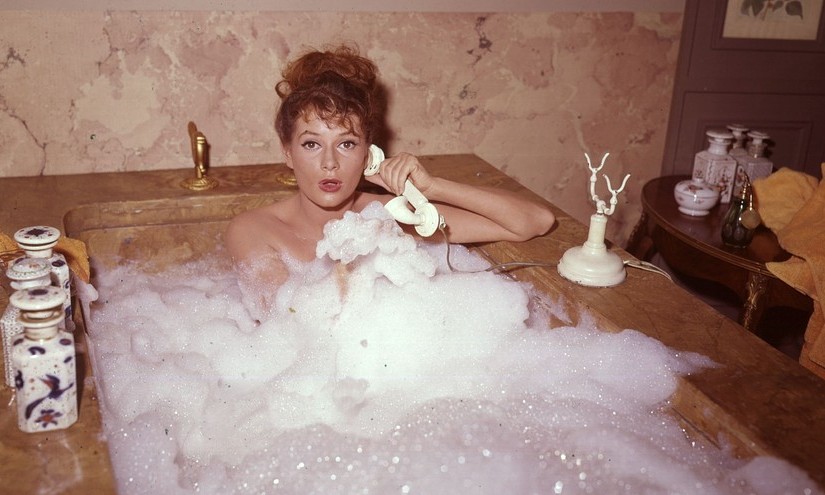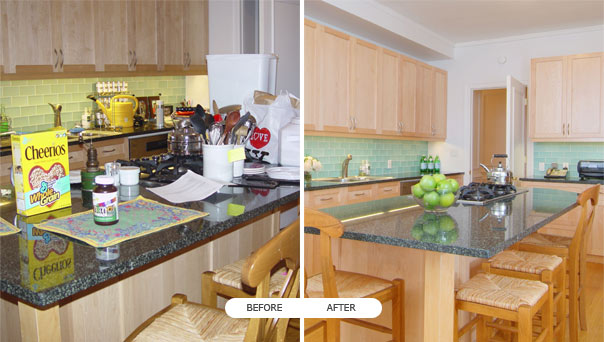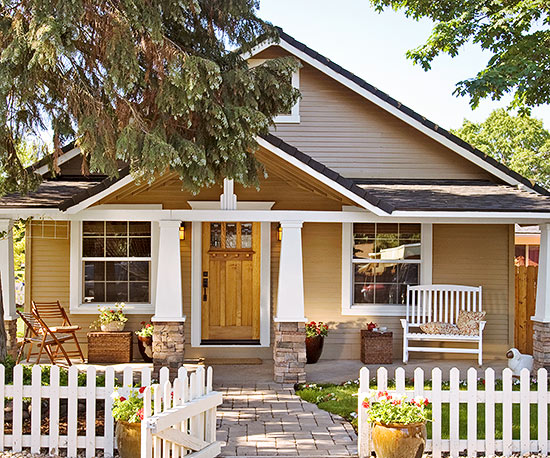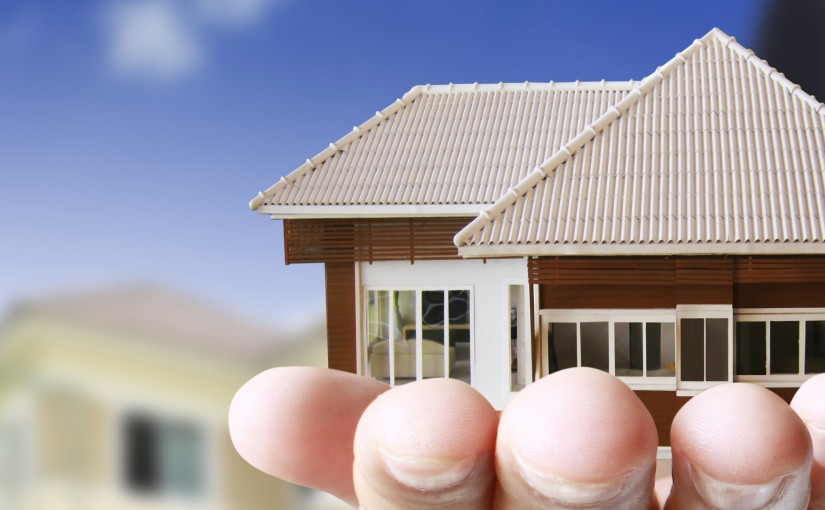In an ideal world, you’d buy a new home, move, and then deal with the turmoil of selling. But for most people, that’s just not possible for both financial and logistic reasons. So if buying and selling a house at the same time is your only option, here’s what you need to know to make sure both processes go as smoothly as possible.
Know the market first
Before you start make sure you have a solid understanding of the housing market in your area (and the area where you’re planning to buy). Is the market weighted toward buyers or sellers? I can help you with this.
This information will help us fully strategize the best plan of action.
Also, you’ll want to hire an appraiser and price your old home fairly. Two extra months on the market because you couldn’t humble yourself to lower the price means two months you’ll be paying double mortgages.
Plan your schedule carefully
Should you buy first, then sell—or vice versa? Selling first makes getting a mortgage easier, but it also means you’ll need to find a temporary place to live. Buying first means moving will be easier, but it also skews your debt-to-income ratio, making it harder to qualify for a new mortgage—not to mention the difficulty of juggling two monthly house payments.
When determining whether you should sell or buy first, think beyond “How can I make the move as easy as possible?” Instead ask: “Can I handle two mortgages? What if my home sells for less than its listing?”
Whichever option you choose, make sure you’re prepared to accept the consequences: having to store your stuff and rent temporarily, or undergoing the financial burdens of dual mortgages.
… but don’t rely on timing
Remember, you’re not the only party in this equation. For every seller there’s a buyer, for every buyer a seller. While things might appear to be working smoothly when viewing your master plan from above, that doesn’t take into account the varibilities of other people. Closings are rife with delays. Your buyers might have difficulty securing their mortgage; your home inspector may bring up issues that need to be fixed
So even if you’ve planned to sell your home first and are prepared to rent while buying, know that even the best-laid plans go awry—and you might end up juggling both mortgages. Preparing yourself for this possibility ahead of time will ensure a smooth transition.
Know your financial solutions
For those who choose to sell first, the process is relatively straightforward other than the additional cost of a rental between homes. However, there is the option of a rent-back agreement, where you negotiate with the lenders and buyers to be able to remain in the property for a maximum of 60 to 90 days—often in exchange for a lower selling price or rent paid to the buyers. This can relieve some of the pressure of finding a new home, giving you additional time to house hunt.
But if you’re buying first, talk to me about ways to decrease your financial burden and risk. Here are the two most popular options for buyers:
Contract contingency: Buyers can request that their new home purchase be dependent on the successful sale of their old home. If you’re looking in a competitive market, this may not be a good option; however, if the seller of your intended home has had difficulty attracting interest, this may be a good deal for all parties involved—assuming you can convince them that your home will sell quickly.
Bridge loans: Bridge financing allows you to own two homes simultaneously if you don’t have deep pockets for a second down payment. This option is especially attractive if you’d planned to sell your home first and use the proceeds to buy the second. It functions as a short-term loan, intended to be repaid upon the sale of your original house.
Don’t let fear rush you
If your home has sold but you haven’t found a new place to live, don’t let anxiety push you toward a bad decision. It is best to plan on a short-term rental from the start so you don’t feel stressed or pushed into something.
Found the perfect home right on schedule? That’s great. But don’t feel like you have to compromise on things that are important to you just because you need to find a home. Conversely, don’t accept a bid that you feel is too low just because your finances are strained by two mortgages. If you have a temporary apartment set up, you’re less likely to compromise.
Certainly, selling and buying a house simultaneously will be stressful—but I can help you carefully consider and plan for the hurdles and help reduce the stress.
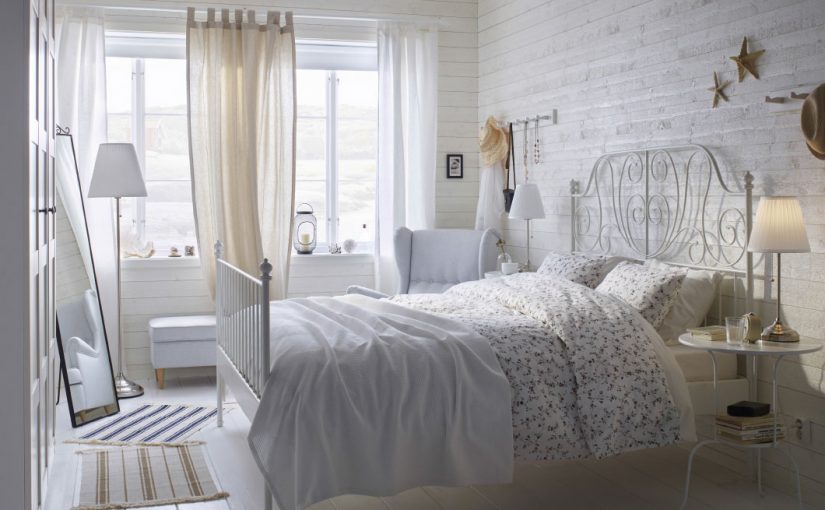


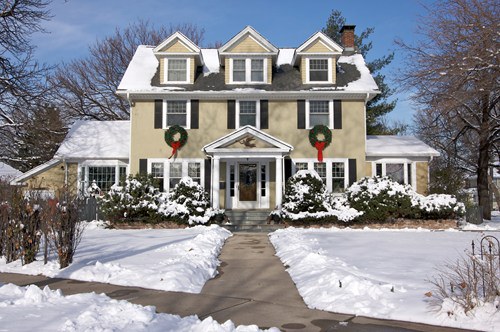
 For sellers, impending home inspections can be a reminder of all those small issues with the home that they haven’t taken care of over the years. And many buyers are concerned that home inspections might uncover some serious issues with their dream home.
For sellers, impending home inspections can be a reminder of all those small issues with the home that they haven’t taken care of over the years. And many buyers are concerned that home inspections might uncover some serious issues with their dream home.